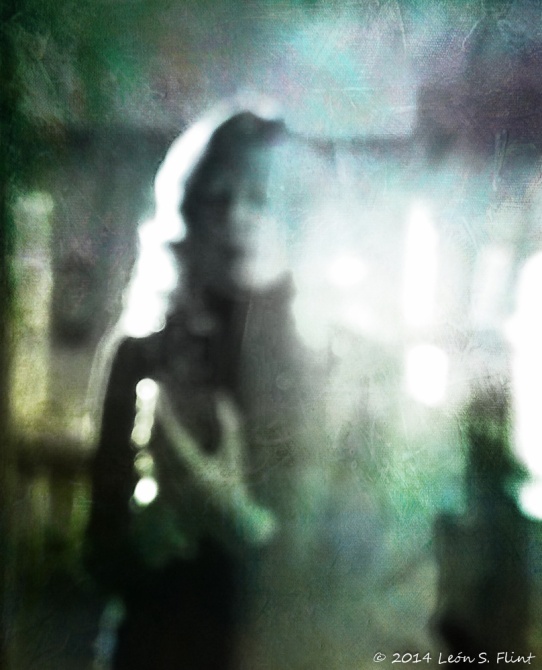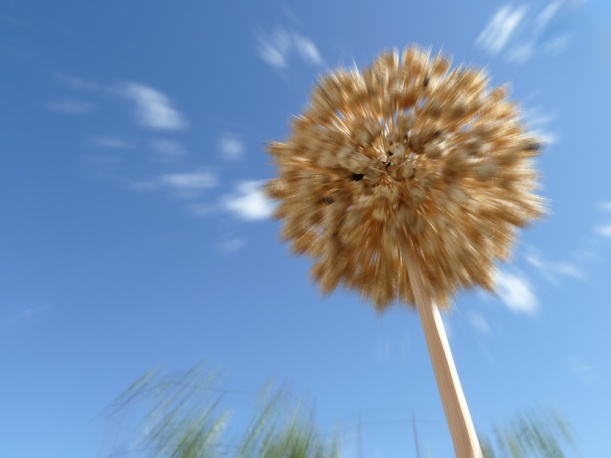The moment I saw this photograph, I knew that it was going to be my Photo-Heart Connection image for March.
 Through the Looking Glass [208/365]
Through the Looking Glass [208/365]
Why? That’s the question I’m still pondering. Perhaps it was the surprise element in how it came to be.
It was very early (for me, anyway) in the morning and I was getting dressed to meet a friend for breakfast. The rising sun was streaming in the window, striking the mirror on my antique dresser and backlighting me at the same time. The sunlight was doing interesting things to the scratched and hazy surface of the old mirror, so I grabbed my iPhone and took several shots, moving around a bit in relation to the sun, shadows, and reflection, hoping for an interesting self-portrait.
This photo was the last shot of the series, and a complete accident. All the rest were sharply focused — and sharply disappointing. None of them captured the excitement I felt at seeing that light. This one made me stop and suck in my breath, all the while wondering, What happened? How did I get this out-of-focus image? Who cares? Let’s process it!
So I cropped it a bit, and converted it to black and white — something I seldom even think of, but it felt right for this image. Then I brought it into the Distressed FX app and used a filter that added some colored, grungy texture. Quick and sure, yes, that’s it, perfect!
Both the image itself and the making of it are quite unlike my usual practice. The end result is both Me and Not-me. A sort of spirit selfie, not quite corporeal. Who is that blurry woman? What is she doing, where did she come from, and where is she going? All I know is…she’s discovering more of herself every day. Every time I look at this serendipitous, spontaneous photo, I’m reminded of the excitement I felt when I first created it. I can’t wait to see what will be next.
Linking with Kat Eye Studio’s Photo-Heart Connection for March. Come join us!






























